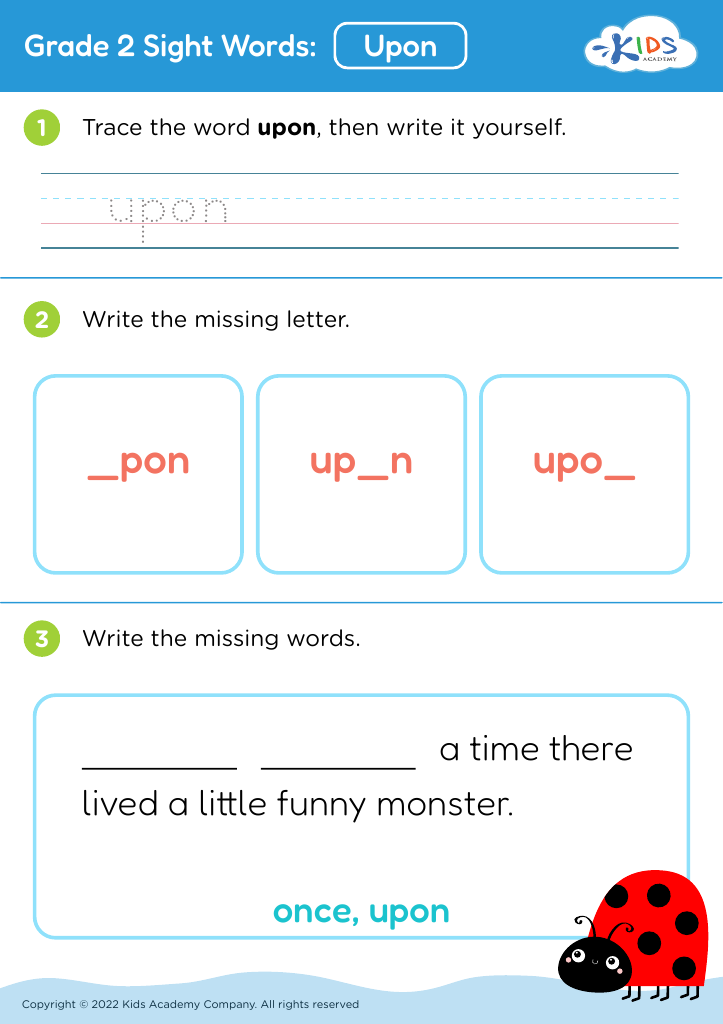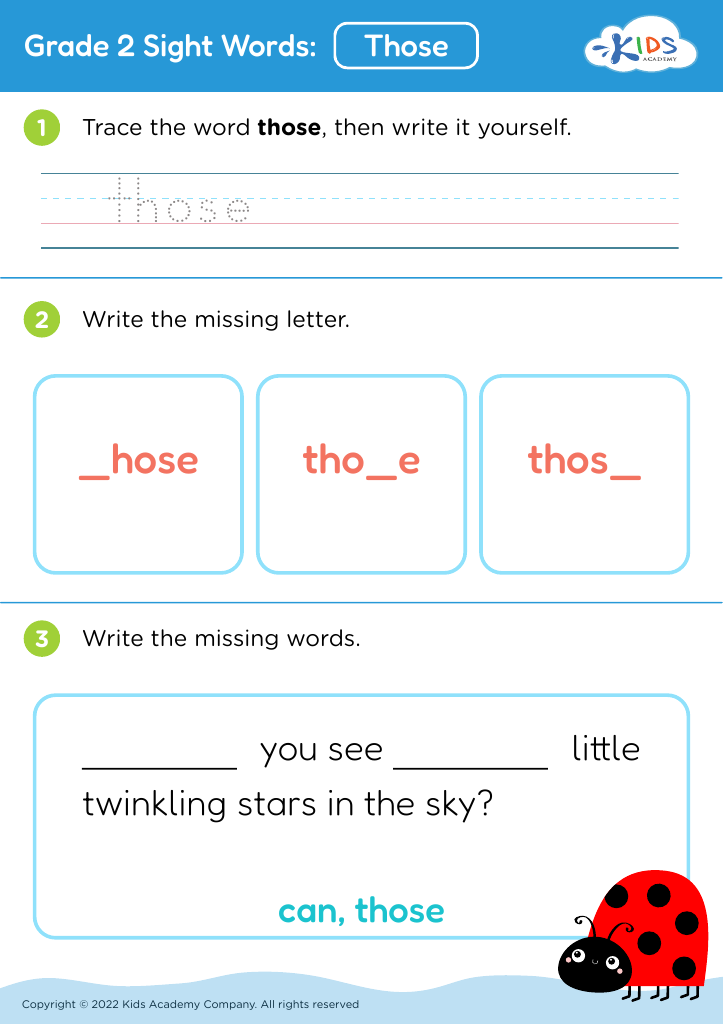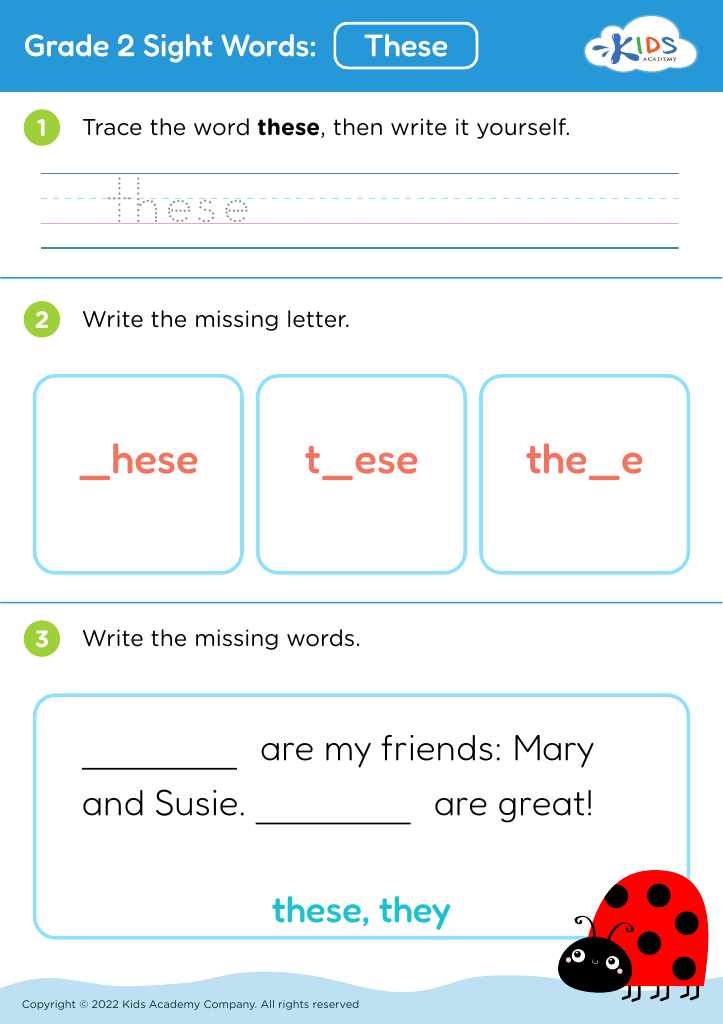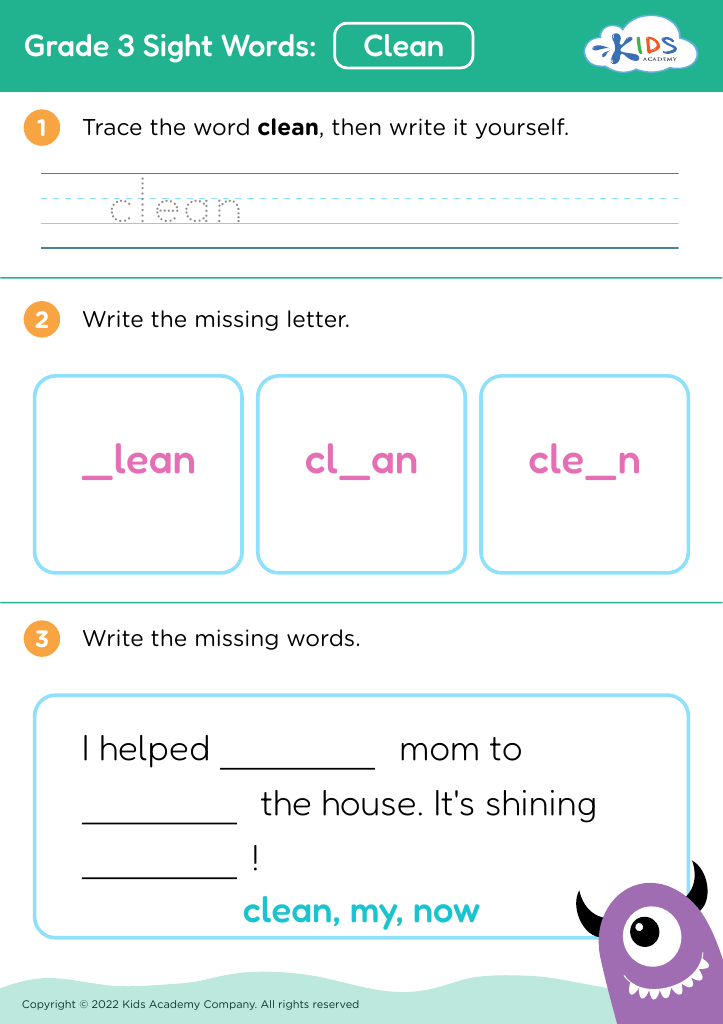Shape Recognition Building Vocabulary Worksheets for Ages 6-8
5 filtered results
-
From - To
Discover our engaging Shape Recognition Building Vocabulary Worksheets designed specifically for children aged 6-8! These worksheets help young learners enhance their vocabulary while exploring basic shapes like circles, squares, and triangles. Through fun activities such as matching, coloring, and tracing, children will not only identify various shapes but also learn related vocabulary words. Perfect for classroom use or home learning, these worksheets promote critical thinking skills and foster a love for shapes in a friendly and interactive way. Empower your child's learning journey with our delightful and educational resources that make shape recognition both enjoyable and enriching!
Shape recognition is a fundamental skill that lays the foundation for geometric understanding, critical thinking, and problem-solving abilities in children aged 6-8. At this age, children are not just learning to identify shapes; they are building their vocabulary and conceptual understanding of the world around them. Recognizing shapes helps children make connections with real-life objects, enhancing their spatial awareness and observation skills.
When parents and teachers prioritize shape recognition, they are also fostering an environment of cognitive development. Incorporating shape vocabulary into everyday conversations encourages children to describe and categorize objects, boosting their communication skills. This emergent language promotes a deeper comprehension of mathematics and science concepts, helping young learners articulate their thoughts and ideas more freely.
Moreover, engaging with shapes supports the development of fine motor skills through various hands-on activities, such as cutting, drawing, or constructing with shapes. Such interactions can spark creative thinking and invite innovations in art and design. Ultimately, shape recognition building vocabulary is not just about shapes; it integrates language development, enhances cognitive learning, and promotes critical skills necessary for future academic success. Parents and teachers play pivotal roles in this journey, equipping children with essential tools for lifelong learning.





















